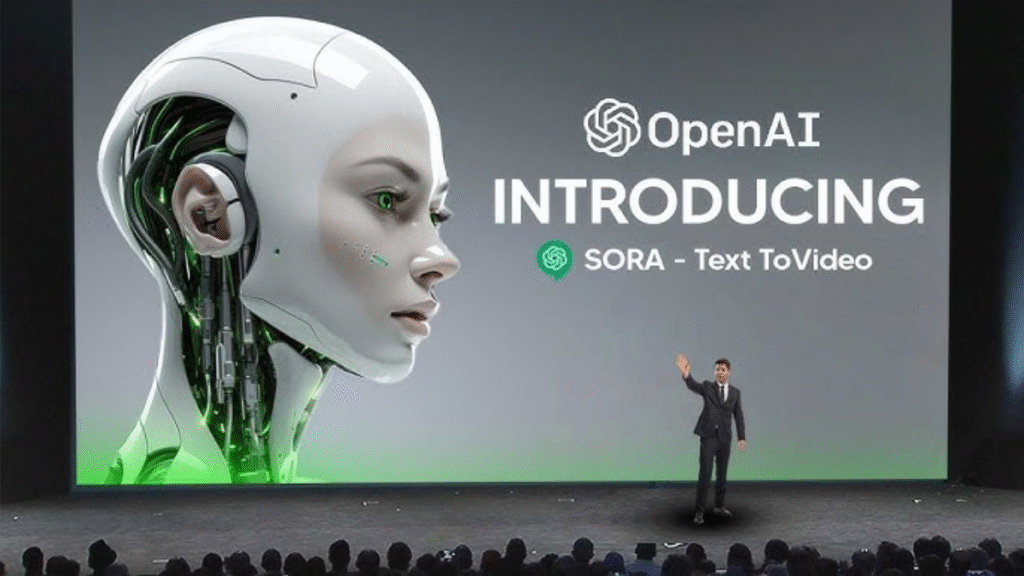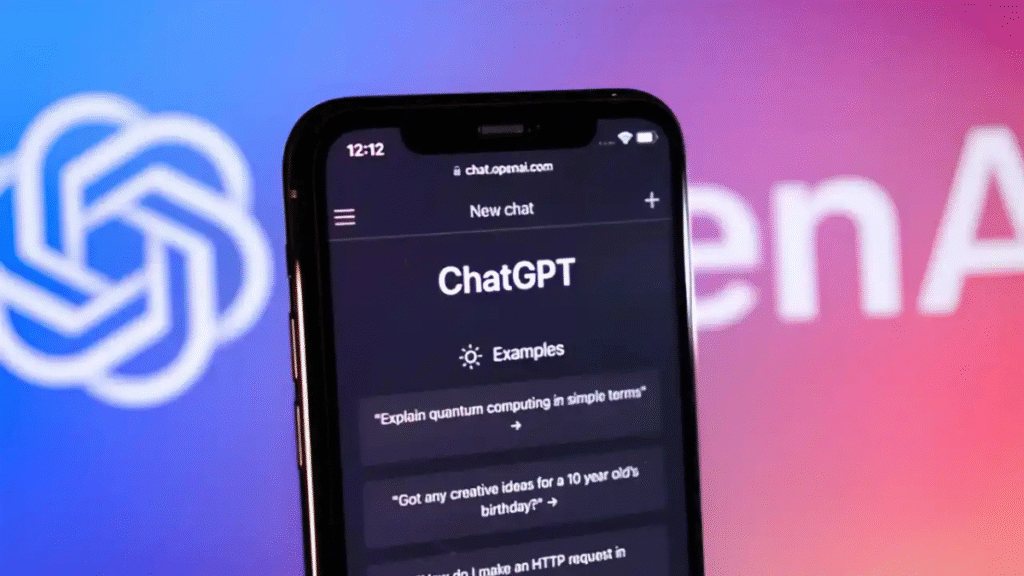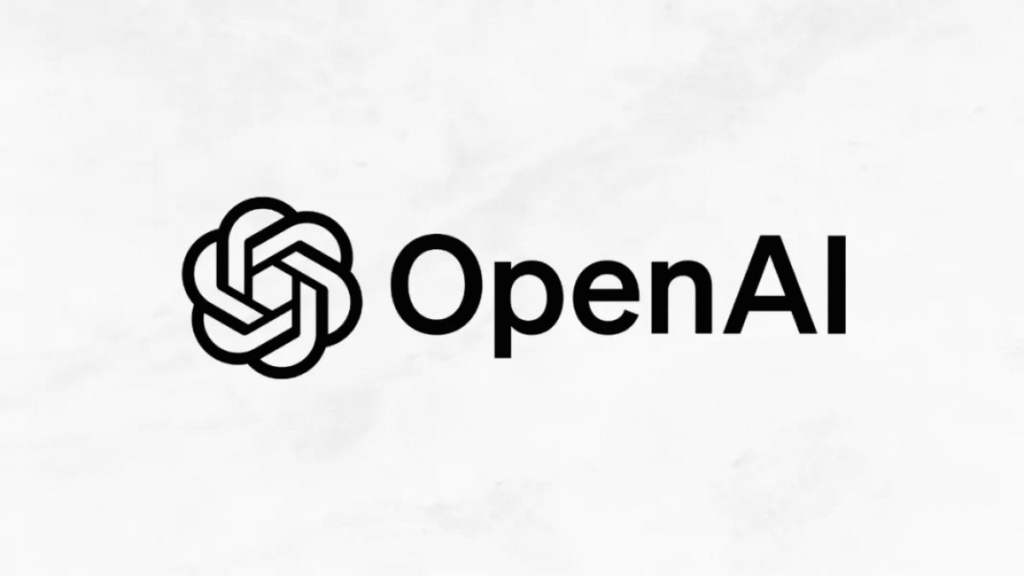Now Reading: Xiaomi Enters AI Arena with Open-Source MiMo Reasoning Model
-
01
Xiaomi Enters AI Arena with Open-Source MiMo Reasoning Model
Xiaomi Enters AI Arena with Open-Source MiMo Reasoning Model

Xiaomi, the global consumer electronics and smart manufacturing company, today announced its foray into the fiercely competitive artificial intelligence landscape with the unveiling of MiMo, its first open-source large language model designed specifically for reasoning tasks. This strategic move positions Xiaomi alongside other Chinese tech giants in the pursuit of advanced AI capabilities.
Developed by Xiaomi’s newly established Big Model Core Team, MiMo is a 7-billion-parameter model that the company claims exhibits exceptional proficiency in mathematical reasoning and code generation. In a bold statement shared on WeChat, Xiaomi presented benchmark results suggesting that MiMo outperforms established models such as OpenAI‘s o1-mini and Alibaba’s Qwen platforms. It is important to note that these claims have not yet been independently verified.
Xiaomi emphasized the inherent challenges of achieving such high levels of reasoning ability in a relatively compact model. Traditionally, successful reinforcement learning (RL) models in this domain have relied on significantly larger architectures, often exceeding 32 billion parameters. The company believes that MiMo’s effectiveness stems from the fundamental potential of its base model, which has been unlocked through meticulously designed pre-training and post-training strategies.
Innovative Training Methodologies
The development of MiMo’s reasoning prowess is underpinned by several key technical innovations in its training process:
Optimized Pre-Training: Xiaomi focused on enhancing the quality and density of reasoning patterns within its training data. This involved improvements to the data preprocessing pipeline, more sophisticated text extraction tools, and the application of multi-layered filtering techniques. Furthermore, the team compiled a substantial dataset of 200 billion reasoning tokens and implemented a three-stage data mixture strategy. In total, MiMo underwent training on an impressive 25 trillion tokens across three progressive phases. An additional training objective, Multiple-Token Prediction, was also employed to boost the model’s performance and reduce inference time.
Strategic Post-Training: In the post-training phase, Xiaomi leveraged reinforcement learning, utilizing a dataset of 130,000 mathematics and coding problems. The accuracy and difficulty of these problems were rigorously verified using rule-based systems. To address the challenge of sparse rewards in complex tasks, the team introduced a Test Difficulty Driven Reward system. This approach assigns granular scores based on the difficulty of test cases, providing a denser reward signal for more effective policy optimization. Additionally, an Easy Data Re-Sampling strategy was implemented to ensure stable RL training on simpler problems.
Efficient Infrastructure: To accelerate both training and validation, Xiaomi developed a Seamless Rollout Engine. This system optimizes the training pipeline, achieving a claimed 2.29x increase in training speed and a 1.96x boost in validation speed by minimizing GPU downtime. The infrastructure also supports Multiple-Token Prediction in vLLM, further enhancing the inference stability of the RL system.
MiMo-7B Model Series
Xiaomi has released the MiMo-7B model series, comprising four distinct versions tailored for various needs:
- MiMo-7B-Base: The foundational model with strong inherent reasoning capabilities.
- MiMo-7B-RL-Zero: An RL model directly trained from the base model.
- MiMo-7B-SFT: A supervised fine-tuned model, designed for human-aligned responses.
- MiMo-7B-RL: An RL model built upon the SFT model, representing the top-performing variant that Xiaomi claims matches the performance of OpenAI’s o1-mini on key benchmarks.
Benchmark Performance Highlights
Xiaomi has reported the following benchmark results for the MiMo-7B-RL model (at a temperature of 0.6):
- Mathematics:
- MATH-500: 95.8% Pass@1 (single run)
- AIME 2024: 68.2% Pass@1 (average of 32 runs)
- AIME 2025: 55.4% Pass@1 (average of 32 runs)
- Code Generation:
- LiveCodeBench v5: 57.8% Pass@1 (average of 8 runs)
- LiveCodeBench v6: 49.3% Pass@1 (average of 8 runs)
- General Reasoning:
- GPQA Diamond: 54.4% Pass@1 (average of 8 runs)
- SuperGPQA: 40.5% Pass@1 (single run)
- DROP (3-shot F1): 78.7
- MMLU-Pro (Exact Match): 58.6
- IF-Eval (Prompt Strict): 61.0 (average of 8 runs)
Open-Source Availability
Xiaomi has embraced the open-source ethos by making the entire MiMo-7B model series accessible on Hugging Face. The comprehensive technical report detailing the model’s architecture, training methodologies, and evaluation results, along with the model checkpoints, are also available on GitHub. This move is expected to foster collaboration and further development within the AI research community.
Xiaomi’s Broader AI Ambitions
The unveiling of MiMo signifies a serious commitment by Xiaomi to the field of artificial general intelligence (AGI). While primarily known for its smartphones and expanding electric vehicle business, Xiaomi’s entry into the AI model space underscores its ambition to develop human-level AI. This announcement comes at a time of increasing activity and competition within China’s AI sector, further fueled by supportive government policies.
Xiaomi’s stock reportedly saw a significant rise in Hong Kong following the MiMo announcement, reflecting market optimism regarding the company’s AI endeavors. As Xiaomi integrates MiMo into its diverse range of smart devices and services, the open-source nature of the model could also attract third-party developers, potentially leading to innovative applications and integrations across various industries.
The launch of MiMo marks a significant milestone in Xiaomi’s journey beyond hardware, positioning the company as a serious contender in the rapidly evolving landscape of artificial intelligence. The open-source approach adopted by Xiaomi could pave the way for wider adoption and collaborative advancements in AI reasoning.










